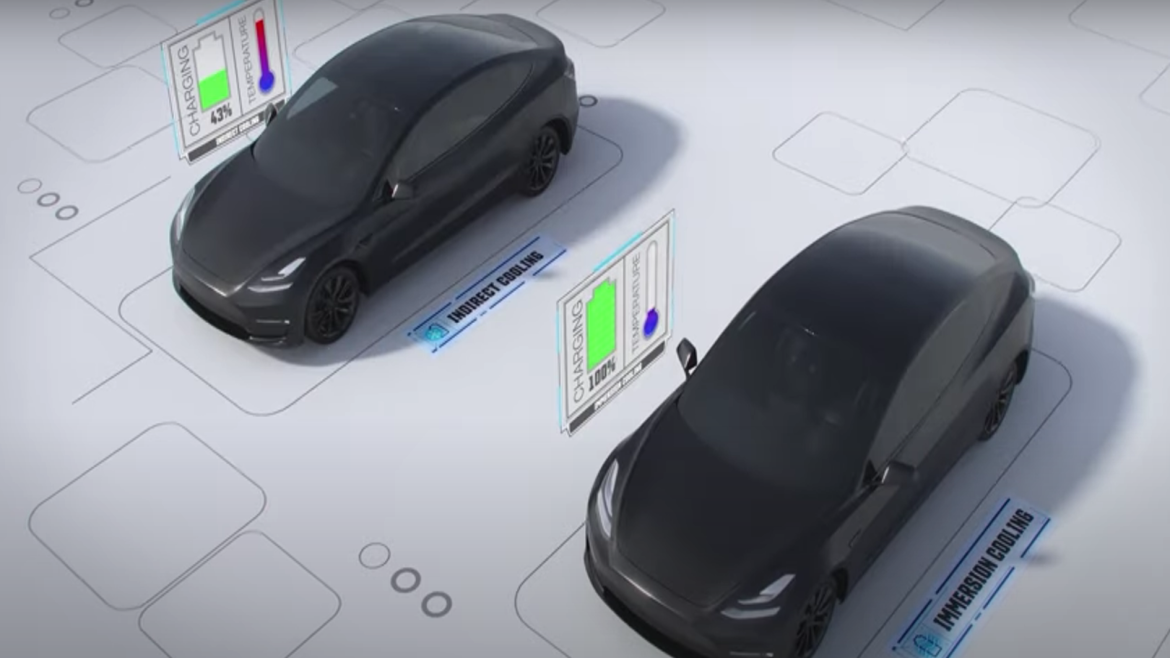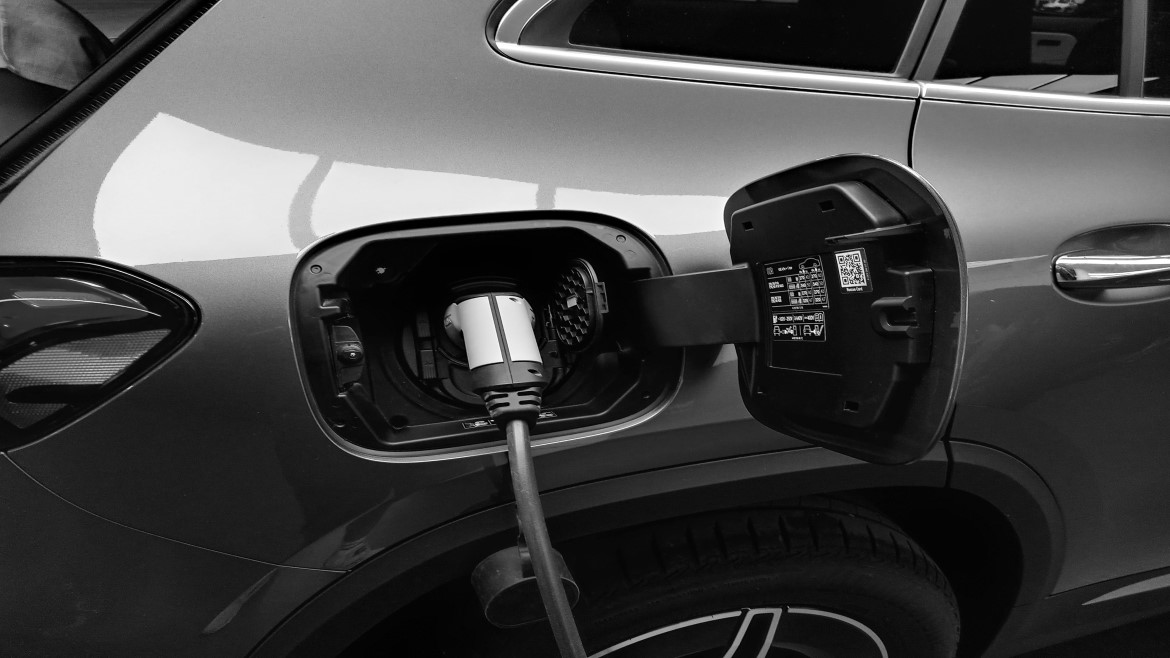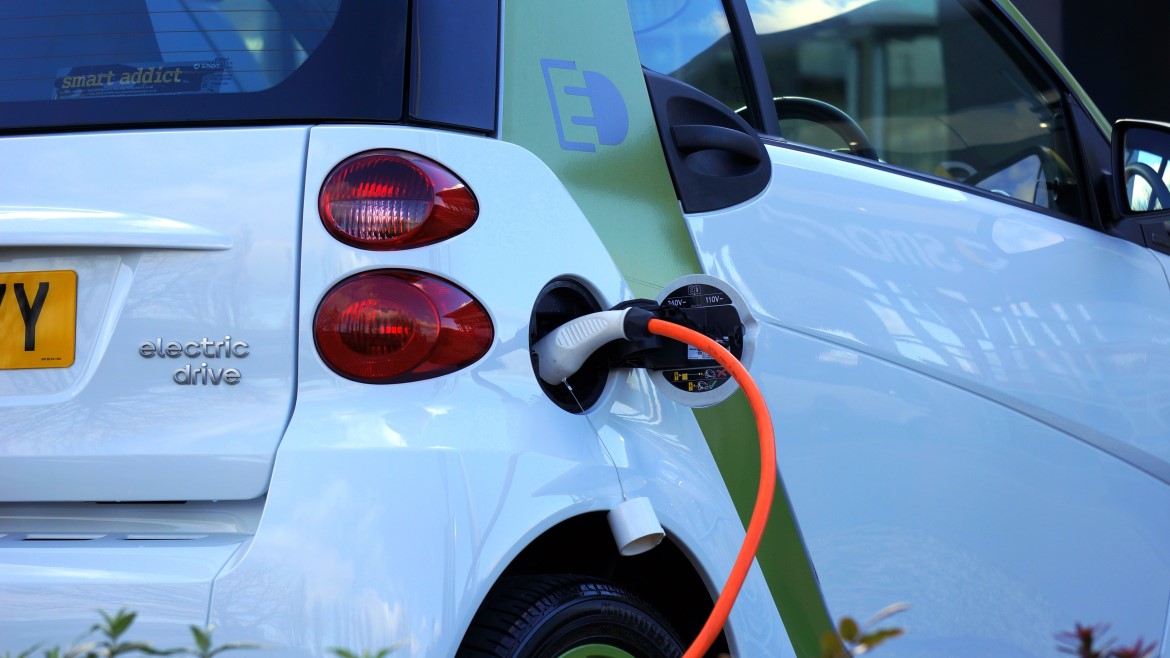Jun 10, 2024
Posted by Gareth Brown, Strategic Technology Manager, Chris Rasik, Technology Development Manager, Andy Richenderfer, Research Engineer, Matthew Donohue, Research Engineer
In April 2024, Lubrizol’s team of thermal management experts, including Strategic Technology Manager Dr. Gareth Brown, Technology Development Manager Dr Chris Rasik, Senior Research Engineer Dr. Andy Richenderfer, and Research Engineer Matthew Donohue, presented a webinar titled Battery Thermal Management Fluids: More than Just a Base Oil for the Charged EV virtual conference. You can view the entire webinar here.
The topic generated numerous thoughtful questions. To help summarize the good dialogue at the event, we are posting the questions as an FAQ with our responses.
If you have any questions about Lubrizol Evogen™ battery thermal management fluids, feel free to reach out to our team.
What are the advantages of immersion cooling compared to other cooling methods such as air cooling or water glycol cooling plates?
At the simplest level, immersion cooling is exactly what it sounds like: a system that contains liquid with a battery pack immersed in it. No cooling jacket is needed and the dielectric fluid comes into direct contact with the battery. This enables faster cooling and safer operation.
Are there any performance or safety benefits to immersion cooling?
The following are some of the advantages of immersion cooling:
- It allows for Extra-Fast Charging (XFC) in under 10 minutes. (A typical fast charge takes the battery from 10 - 80% State of Charge (SoC)).
- It delivers Improved battery thermal control.
- It offers improved heat-transfer performance by a factor of 20.
- It reduces the potential for thermal runaway. It extends battery lifetime.
Related: How Immersion Cooling Can Help Make Electric Vehicle Batteries Safer
Can immersion cooling fluids be used in multiple applications within a vehicle, beyond just the battery?
In addition to the battery, dedicated thermal management fluids offer the possibility of meeting the needs of the e-motor, the inverter and other critical hardware. The more diverse needs required by the range of hardware, the more difficult it is to formulate a fluid that meets all those needs. Fluids that protect a broader range of hardware must strike a balance between multiple dedicated fluids and a single “universal” fluid. Future vehicle applications are likely to require different combinations of solutions for different vehicle segments and usage profiles.
In what other applications can immersion cooling be used?
Immersion cooling offers multiple benefits, including large surface area contact and excellent insulation properties, which enable this cooling method to be used in many different application areas. One additional example is energy storage stations. In this application, electrical safety and temperature uniformity are most important, and immersion cooling can satisfy these requirements.
Another example is off-highway (OH) applications, where high-power discharge and fast charging are required to increase operation efficiency. These requirements will generate more heat. Immersion cooling can dissipate heat better than traditional cooling methods, making it very suitable for these sorts of applications.
Is it possible to use the same immersion cooling fluid in both transportation and data center applications?
There are a few critical differences between these applications that result in distinct fluid formulations. For example, a data center is typically a clean, well-ventilated and controlled environment. Conversely, a battery pack may be subject to extreme conditions such as cold weather and water contamination. Additionally, battery packs have a much more extreme failure mode in thermal runaway, where there is a tremendous amount of stored energy as compared to data center applications. For these reasons, we have formulated different fluids for the two different applications.
Are there any existing regulations or legislation related to battery cooling in electric vehicles?
Regulations are getting stricter in each region of the world. 70% of batteries in the world are made in China, and China’s regulators are making it mandatory that there must be 5 minutes before any fire is observed outside of the battery pack whenever there is a thermal runaway. In the thermal solution technology, there is an upgraded cold plate regulation soon to be finalized. Most regulators globally are looking at having a better solution to address safety.
What is the significance of the flashpoint of a thermal management fluid, and how does it impact other properties?
Flash point is critical for specific applications to ensure that they can be safely implemented. Regulations and concern about fire must be a high priority and can vary depending on specific applications for thermal management. The flash point is not the same as the autoignition temperature, or the temperature that causes spontaneous ignition.
Flash point does not directly affect other properties, but it can be correlated to other key attributes of thermal fluids that can affect performance, such as heat transfer, viscosity, and other properties.
How does a formulated fluid compare to a regular base oil fluid in terms of performance improvement?
From our own application testing, we have seen a large difference in performance for a fully formulated product compared to standard base oils. These product properties can have a noticeable impact to help meet key customer needs. For example, testing has demonstrated Lubrizol formulated products can prevent cell-to-cell propagation during thermal runaway compared to base oil fluids which were unable to prevent propagation.
What is the expected lifespan of immersion cooling fluids, and do they require replacement like conventional engine coolant?
Lubrizol formulated immersion fluids are developed with the intention that they are “fill for life” during the operation of a battery pack.
How important is material compatibility when selecting immersion cooling fluids?
Material compatibility is a critical part of the immersion fluid product development. We specifically formulate our products to ensure the highest amount of material compatibility. This is an area where we are happy to collaborate with potential customers.
How much additional weight does an immersion cooling system add to the overall vehicle?
An immersion cooling system is expected to be nearly the same weight as an indirectly cooled system using water glycol. Indirect systems use a substantial amount of aluminium and thermal interface materials which are no longer necessary in an immersion cooling system. As a result, the added weight of the immersion coolant is offset by the reduction in thermal management materials used in an indirect system. A bonus is that the bill of materials and the engineering design is much simpler with an immersion cooled system!
How is fluid aging monitored to ensure the dielectric characteristics are maintained throughout the vehicle's lifespan?
At Lubrizol, we have tested our Evogen™ fluids for durability in our accelerated aging tests. These tests mimic what the fluid is expected to experience over the lifetime of the battery pack. Issues such as corrosion, oxidative stress, water ingress, and thermal stability have all been tested and verified as optimally performing.
Lubrizol has identified fluid monitoring sensors that may be incorporated into the battery pack to track fluid health. We work directly with OEMs to incorporate the sensors into the pack and identify monitoring thresholds where a coolant replacement may be required.
Do you have an example of a thermal runaway test conducted at module level?
We do! Please reach out and we’d be happy to share this information with you.









